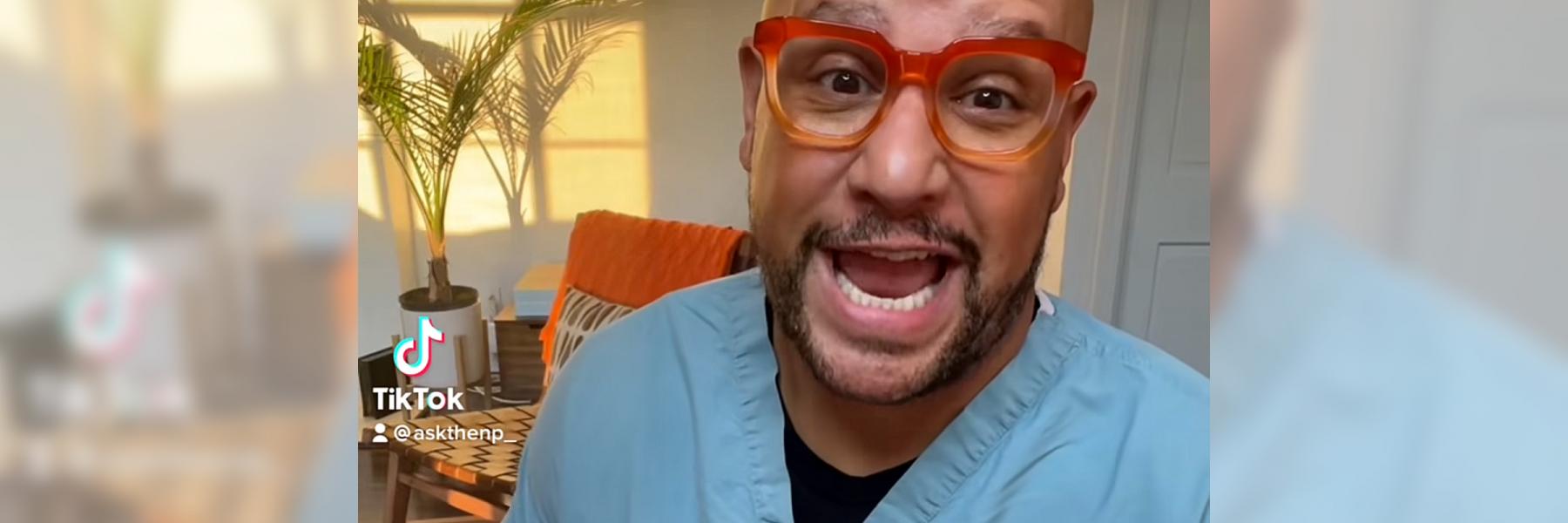When I deleted my social media accounts at the end of 2016, all my friends thought I’d regret it. How will you keep up with other people’s lives? Or learn about breaking news? Or hear about events happening in the city? I told them I didn’t think I’d miss it much, or that there was much to miss.
My ambivalence toward social media presented a slight problem when it came to my work at NMAC. For the last year, I’ve helped coordinate NMAC’s Project REACH—Resources for prevention, Empowering individuals to take action, Accessing all the tools for HIV prevention, Challenging the community, and Helping each other reduce the impact of HIV in our communities. REACH is a collaboration with the Centers for Disease Control and Prevention (CDC) as part of their Partnering and Communicating Together (PACT) program to end the HIV epidemic.
NMAC developed Project REACH to continue our long and storied work in providing communities of color with treatment and prevention education. We’ve worked to share materials from the CDC’s Let’s Stop HIV Together campaign with priority communities—young queer men of color ages 24–35, and older adults over age 50 living with HIV. We’ve also partnered with other trusted voices in and outside the HIV community and enlisted their help in sharing these materials.
My role has been helping with the daily operations of the project—reaching out to partners, sharing assets from the CDC campaign, pre-selecting materials that are particularly relevant to our communities, collecting analytics, and helping with administrative aspects of the project. During this time, I had to readjust my attitude toward social media. Fine, there was a lot of preaching to one’s choir. How might we change that for the sake of getting out information to communities who need it?
An important step was to be intentional about selecting partners who had a fresh and innovative online presence, and who were voices already trusted by the communities most impacted by HIV. Dwight Venson, one of our REACH partners and a former NMAC Gay Men of Color Fellowship member, posted monthly to encourage young queer men of color to start conversations around HIV and stigma. James Simmons, who has already developed a following as a trusted queer medical provider of color, made fantastic short videos about such topics as staying safe during Pride, National Transgender HIV Testing Day, and National Women and Girls HIV/AIDS Awareness Day.
Because we were trying to reach communities who have been left out of the conversation, we really had to ensure that our social media posts were reflective of our priority communities, and that were also available in Spanish and English. One of our partners, COSSMA, a community health clinic in Puerto Rico, did amazing work sharing information to their clients in Spanish about HIV prevention and treatment. COSSMA’s clients already trust the health information that they provide; adding HIV-related messaging helped increase awareness of available HIV prevention tools among folks who might already be inclined to seek out biomedical interventions from a trusted provider.
What struck me most about the past year, though, was just how much courage it takes for people to put this messaging out there and then choosing to amplify it to a world that would rather you not speak. Though I’m not ready to jump on Instagram anytime soon, I’m impressed by the bravery of content creators and thankful that people are out there teaching us the best ways to pivot to provide treatment and prevention education to the communities we need to reach to end the HIV epidemic.


